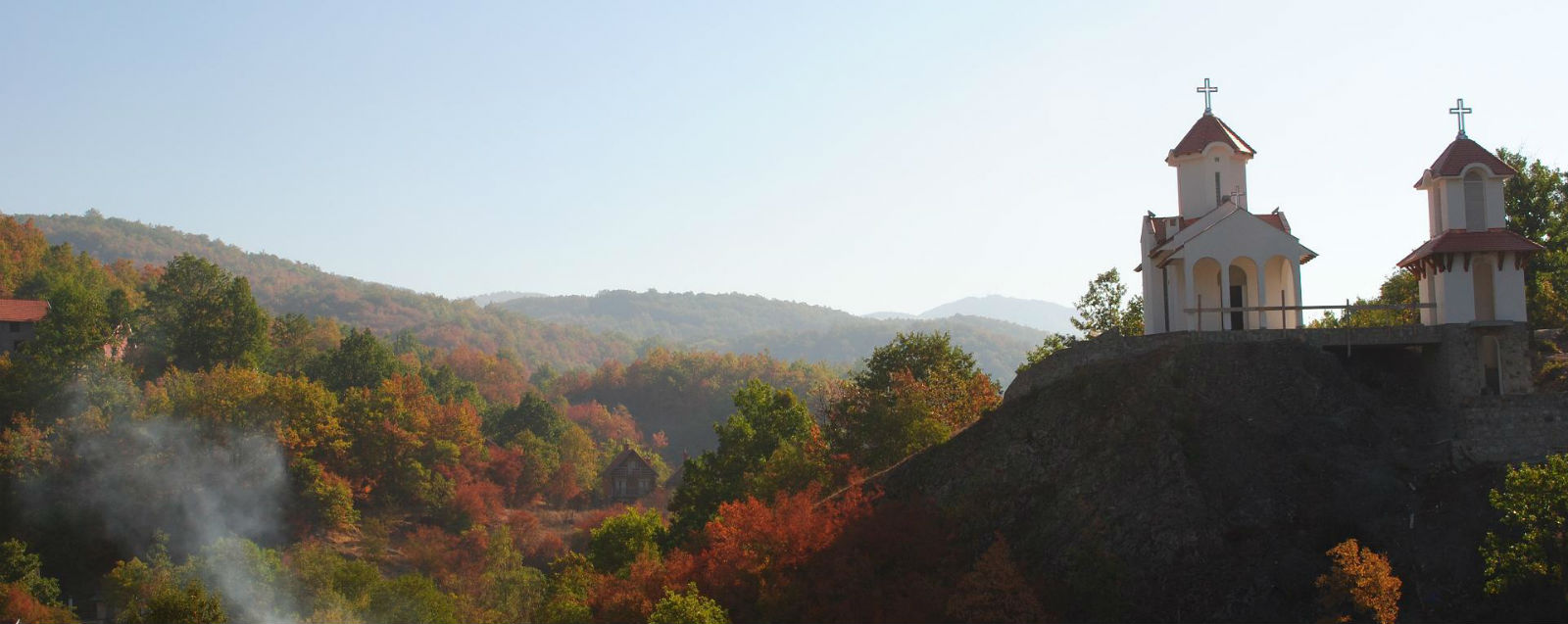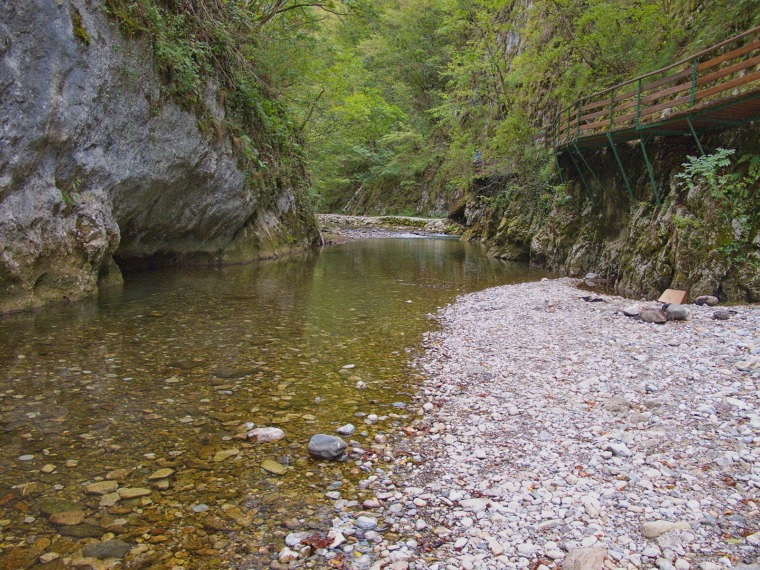On the Drina River, at the foothill of Mt. Gučevo lies Koviljača Spa, one of the most curative and most visited spas in Serbia. During a century of its existence this “Beauty of the Drina Valley” welcomed the members of the royal dynasty Karadjordjević, hence the epithet “Royal spa”
Woody slopes of Gučevo, the mountain where the first trench battle in history took place in the World War I, have always been rich in mineral waters. So it’s no wonder that exceptionally sulphuric mineral waters of Koviljača Spa spring out right here. Thermo mineral waters of 15-20 °C are used for therapy in the “Banja Koviljača” Special Rehabilitation Hospital and they are used for bathing, sprinkling and drinking.
Beside sulphuric, the spa abounds in mildly radioactive iron-bearing waters that are also used in treatments. In addition to mineral waters, the Spa is rich in curative mud used as mud packs and wraps for therapeutic purposes.
Thanks to its mineral treasure Koviljača Spa is specialized for treatment of a large number of diseases from rheumatism, degenerative changes of joints and spine, discus hernia, osteoporosis, muscle diseases, minor damages to the central nervous system to infertility, some skin and gynecological problems, and postoperative conditions.
While visiting Koviljača Spa you will enjoy exceptionally mild climate thanks to vicinity of the Drina River and forests of Mt. Gučevo. But the Spa has its own oasis – a spacious park, one of the largest artificial parks in Serbia. The park was completed in the early 20th century but it is still the focal point of the Spa and all events taking place here.

A monumental fountain dominates the park and through its “water curtain” visitors can make out the famous Kursalon, the most beautiful building in the Spa that was named after the French word meaning treatment.
It was built in 1932 by the order of king Aleksandar I Karadjordjević as an entertainment salon, and at that time one of the first casinos in the Balkans was opened in Kursalon. Those were the golden times of Koviljača Spa and it became a trendy center, favorite destination of rich and respectable.
Till the World War II people would come to the spa for treatment, as well as for Kursalon and parties held there. Even famous musicians had to pay in order to perform here. The king himself gladly visited balls and he had his own gambling table that is today kept in the Nature Museum in Sarajevo.
Busts of king Aleksandar and king Petar are set in the park in honor of the royal family Karadjordjević that beside Kursalon built numerous other buildings in the spa like the King Petar’s bath next to the residence.
Old villas, baths and Kursalon frame the park. The first building for guests was built back in 1858 during the time of Prince Mihailo Obrenović.
It is believed that this area was first inhabited by the Illyrians and the Thracians, as well as that the Romans in the 3rd century A.D. founded here a settlement, Koviljkin grad (The Town of Koviljka), after which the spa was probably named. The remains of the town can still be seen today.
How to get to Koviljača Spa?
You can get to Koviljača Spa by car from the direction of Belgrade. The distance is 142 km and you need to take the highway Belgrade – Ruma, and then the regional road Ruma-Šabac-Loznica-Banja Koviljača. You can also get here from the direction of Novi Sad if you take the regional road Novi Sad-Ruma-Šabac-Loznica-Banja Koviljača. Since the spa is only 5 km from the border with Bosnia and Herzegovina, it is possible to visit spa if heading from Banja Luka and Sarajevo.
There’s a train station in the spa a part of the railroad Belgrade-Mali Zvornik, but only local trains commute here. The closest airport is the Nikola Tesla Airport in Belgrade (135 km).
Once you’re here, don’t miss…
The Royal carnival that is being organized in the Spa and the masked ball at Kursalon organized on that occasion, with the majorettes’ parade and rich cultural program.
Visit Loznica that is only 6 km away from the Spa, as well as from the Tronoša Monastery, the endowment of king Dragutin that was destroyed and burnt to ground several times.
Only 6 km from the Tronoša monastery is the village of Tršić – birthplace of Vuk Karadžić, and ethno complex of the same name with Vuk’s memorial house, two warehouses, log-cabin and corn-store. If you happen to visit this place in September, you shouldn’t miss the traditional manifestation “Vukov sabor” in memory of our great collector of folk songs, author of the first Serbian dictionary, linguist and major reformer of the Serbian language. Probably his greatest merit is the introduction of national language in the literature and founding of the principle “write as you speak, read as it is written.”
If you’re looking for some rest in the nature, take a walk on the slopes of Mt Gučevo, or to the very top of the mountain where is the monument erected in memory of Serbian soldiers who lost their lives here in the World War I. From here the outstanding view spreads on the spa and the surroundings.
For river admirers and passionate fishermen there’s always the Drina River.
Related Articles

Ždrelo Spa: A Hidden Gem of Wellness and Natural Beauty
February 11, 2025















